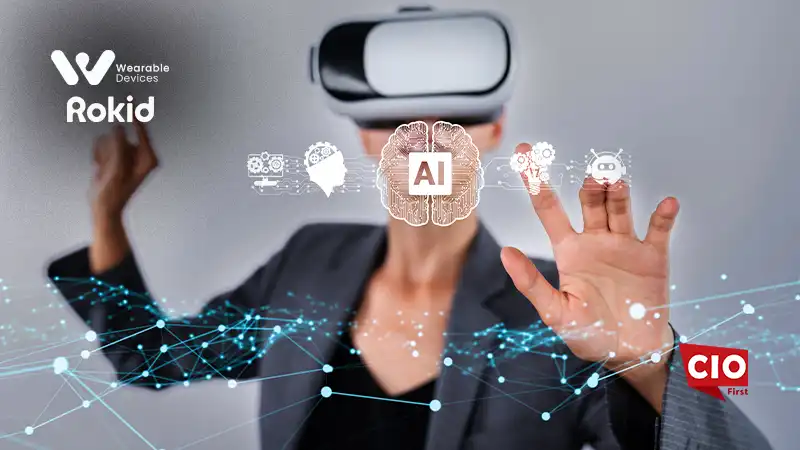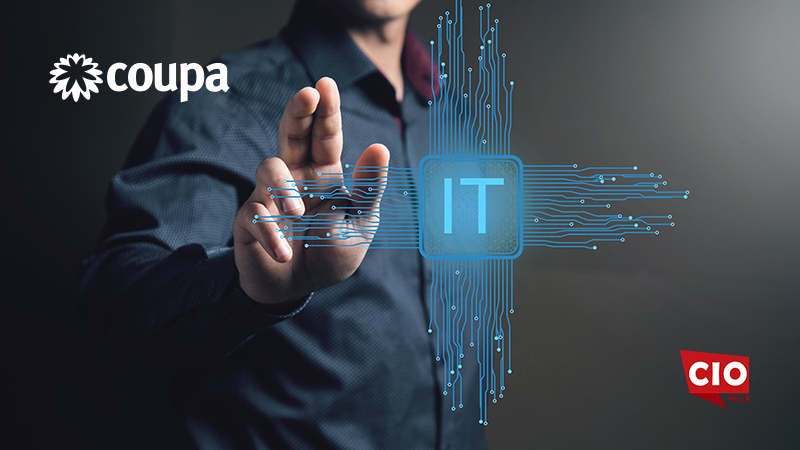SoSafe, Europe’s largest security awareness and human risk management vendor, has announced the launch of their pioneering Human Risk Operating System, The Human Risk OS, a set of capabilities designed to help customers identify, quantify, monitor, and intervene on human security risk. SoSafe has also presented new capabilities to its Sofie Human Security Copilot, an AI-powered multi-channel agent built entirely on advanced Large Language Models, as well as incremental updates to its flagship product offering such as next-level personalized learning, behavioral phishing simulation, novel security operations and 3rd party data integrations. With that, SoSafe is leading the category evolution from security awareness to human risk management in response to escalating cyber threats and the need for security strategies to address human risk more holistically.
Dr Niklas Hellemann, Psychologist and CEO at SoSafe: “To achieve real risk reduction and meet the demands of security leaders, basic awareness measures alone don’t cut it. While traditional and generic awareness programs focus on awareness and knowledge transfer–educating individuals about potential threats and instructing them on response strategies–this approach often falls short in today’s dynamic environment. The evolving landscape requires an evolution to holistic human risk management, which prioritizes the outcomes and the drivers of behavior and helps to sustainably mitigate human risks.”
The Human Risk OS™ brings together all of SoSafe’s security offerings into a single cohesive platform that helps security teams to drive a holistic human risk management strategy and foster security cultures. It focuses on proactively managing security risks through real-time risk detection and continuous analyses, provides enhanced behavioural insights and recommends targeted interventions to customize and optimize defensive responses.
Its three core elements are:
- Human Behavior Sensors measure an organization’s digital activities, behaviors, and security culture, creating individual and group-level profiles of security behavior.
- The Human Security Index processes this tracked data and additional contextual information such as level of seniority, tenure, digital access, and functional criticality to create a single index that summarizes security performance for groups and organizations. This score allows organizations to quickly identify concern areas, track progress, and evolution over time, and the impact of different possible interventions.
- The Intervention Hub suggests intervention strategies to mitigate human-related security risks and drive behavioral change and healthy security.
Gonçalo Gaiolas, CPO at SoSafe: “We believe in the power of people in the fight against cybercrime. With The Human Risk OS™, organizations invest in more than just a security solution—they invest in a proactive approach to mitigating human-centric risk and securing their organization’s future by putting people at the very center of their efforts. We empower organizations to drive behavioral change and build security cultures by identifying, quantifying, actively managing, and reducing their human risk and by focusing on efficiency to relieve the pressure on overstretched security teams.”
SoSafe also introduced additional capabilities to its “Sofie Human Security Copilot”, an AI-powered multi-channel agent built to meaningfully reduce human risk. Sofie supports security professionals and users with rapid threat awareness, situational awareness, and zero-level security and compliance support. Security leaders can now incorporate organisational policies and specifics into their responses. Built on advanced large language models and featuring an engaging interface, Sofie provides answers to support questions at any time, sends urgent security alerts, and educates users on security best practices, all customized to specific organizational needs and policies.
Unlike other conversational AI-solutions, Sofie focuses on making each interaction with the end user a learning moment in their daily work environment, not just delivering informative content, but also aiming to change behavior.
SOURCE: BusinessWire


























